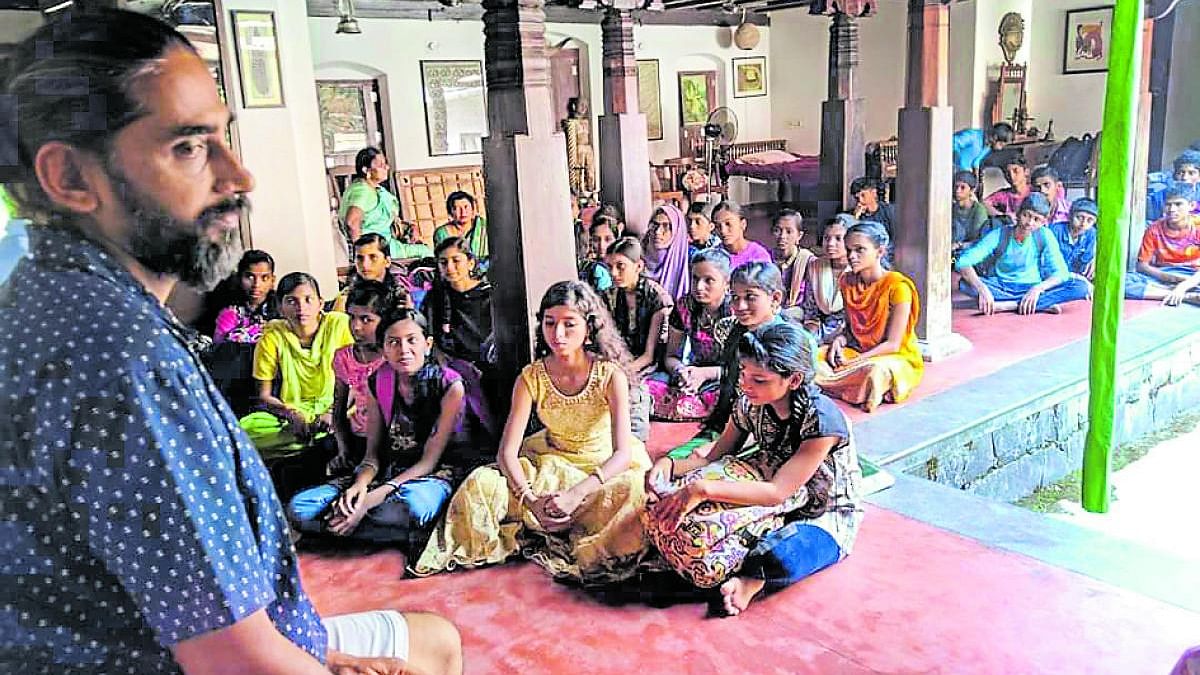
A state government initiative in Udupi district’s Varanga, Mala and Jadkal villages is building community capacity through ecotourism. Along the lines of Meghalaya’s ‘cleanest village’ tourism campaign, the project could serve as a key economic driver by actively engaging local people to showcase and conserve the ecosystem of the Western Ghats.
The district administration is planning to launch the project, which has already started in Mala village, within a couple of weeks.
Ecotourism can support local communities and preserve natural habitats while offering a learning experience to visitors. Activities can include trekking, rafting, rappelling, camping and interacting with locals, with sustainability at the core. The immersive experience has been promoted as a means for local and indigenous people to make a living.
Purushottham Adve, an artist from Mala who is part of the initiative, cited the clean village concept in Meghalaya as an example of the potential of ecotourism. “The money raised from tickets and tourists is used to develop the villages. The self-sufficiency of these villages should be shared with the world,” he said.
The topography of the Western Ghats region is exceptional, and the public is now becoming aware of its value. Similar to the Northeast, varying landscapes, including mountains, waterfalls, wooden bridges, huts, and tiled houses can also be found in Mala, Varanga and Jadkal.
In terms of biodiversity, the different habitats found in the Western Ghats, ranging from evergreen forests to islands near the coast, have proven to be suitable for
a variety of birds and animals.
The food, culture and sense of community can also add to the appeal, as visitors can experience them first-hand.
Udupi deputy commissioner Kurma Rao M said the project will be expanded to include other villages near the Western Ghats. “The district is endowed with natural beauty, which offers opportunities for ecotourism,” he said.
Village participation is critical to ecotourism, he emphasised. “It is similar to village tourism in that most of the work and responsibilities are carried out by trained villagers. The forest department is also involved, as village forest committees will conduct the training,” Rao added.
The goal of the initiative is to build community capacity through culture and the arts, as well as to expand opportunities for creative activities to serve as an economic driver in the community, said Clifford Lobo, assistant director of tourism.
As of now, several heritage houses have been abandoned due to migration. These houses can serve as ideal venues to introduce tourists to the concepts of simple living and coexistence with nature. Traditional crafts such as basket-weaving and pottery will be taught.
Bird-watching and other nature-based activities can also be enjoyed. “Home stays are usually expensive and solely for business purposes. Instead, the concept of community life, in which the villagers are involved and treat guests like family members, will provide a completely different experience,” Adve added.